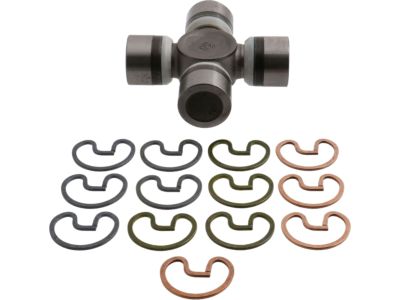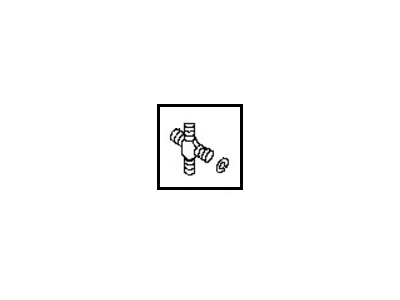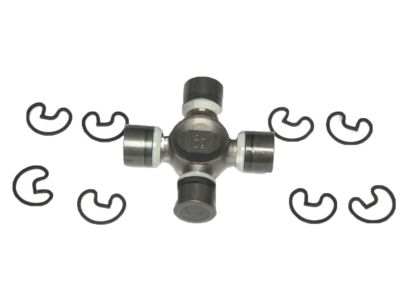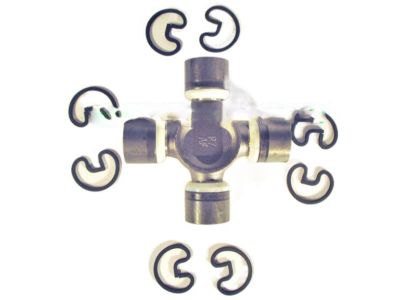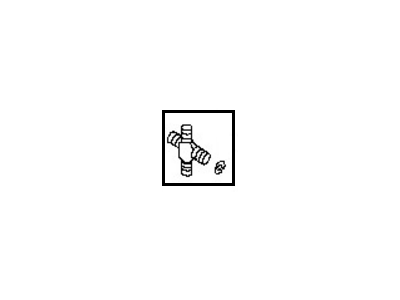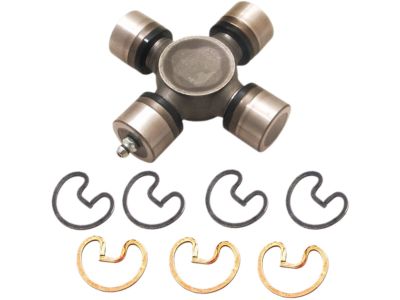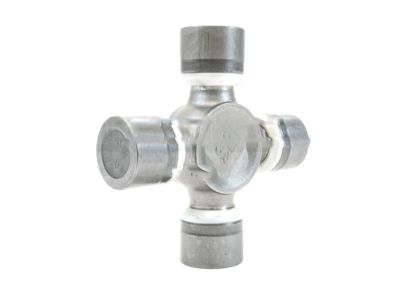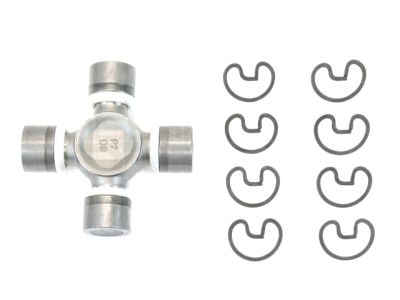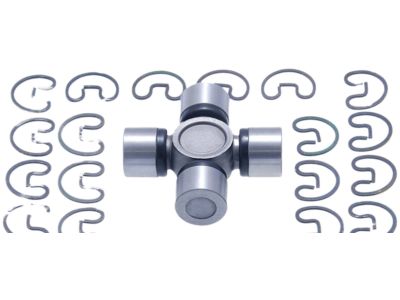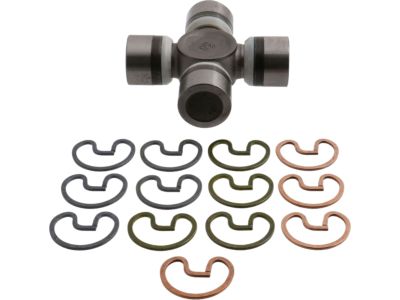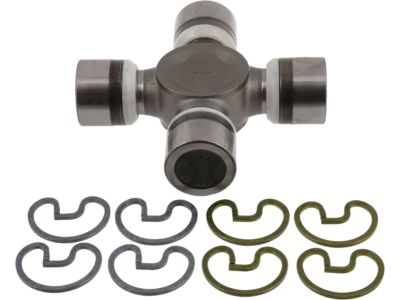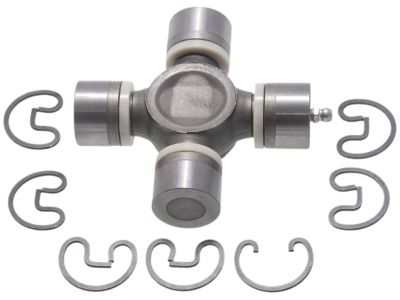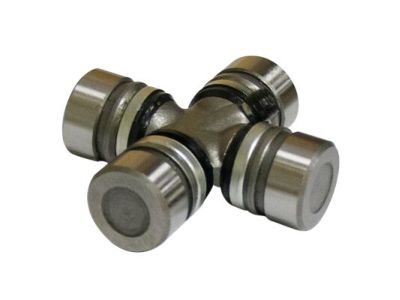×
- Hello
- Login or Register
- Quick Links
- Live Chat
- Track Order
- Parts Availability
- RMA
- Help Center
- Contact Us
- Shop for
- Nissan Parts
- Nissan Accessories

My Garage
My Account
Cart
Genuine Nissan Frontier Universal Joints
U - Joints- Select Vehicle by Model
- Select Vehicle by VIN
Select Vehicle by Model
orMake
Model
Year
Select Vehicle by VIN
For the most accurate results, select vehicle by your VIN (Vehicle Identification Number).
10 Universal Joints found

Nissan Frontier Kit Journal
Part Number: 37126-3S526$59.21 MSRP: $83.63You Save: $24.42 (30%)Ships in 1-2 Business Days
Nissan Frontier Journal Kit-PROPELLER Shaft
Part Number: 37125-EB70A$49.81 MSRP: $70.35You Save: $20.54 (30%)Ships in 1 Business Day
Nissan Frontier Kit Journal
Part Number: 37126-EA027$66.36 MSRP: $93.73You Save: $27.37 (30%)Ships in 1-3 Business Days
Nissan Frontier Kit Journal
Part Number: 37126-EA028$55.70 MSRP: $76.78You Save: $21.08 (28%)Ships in 1-2 Business Days

Nissan Frontier Journal Kit Center
Part Number: 37126-3S525$59.21 MSRP: $83.63You Save: $24.42 (30%)
Nissan Frontier Kit Journal
Part Number: 37125-EB71A$38.68 MSRP: $53.32You Save: $14.64 (28%)Ships in 1-3 Business DaysNissan Frontier Insulator-Center Bearing
Part Number: 37522-EA000$97.46 MSRP: $137.65You Save: $40.19 (30%)Ships in 1-3 Business DaysNissan Frontier Kit Journal
Part Number: 37125-EZ00A$54.57 MSRP: $75.23Limited AvailabilityYou Save: $20.66 (28%)
Nissan Frontier Universal Joints
If you need any OEM Nissan Frontier Universal Joints, feel free to choose them out of our huge selection of genuine Nissan Frontier Universal Joints. All our parts are offered at unbeatable prices and are supported by the manufacturer's warranty. In addition, we offer quick shipping to have your parts delivered to your door step in a matter of days.
Nissan Frontier Universal Joints Parts Questions & Experts Answers
- Q: How do you inspect a driveshaft for potential issues, and what steps are involved in checking the driveshaft's condition and Universal Joints on Nissan Frontier?A:A driveshaft is a tube, or a pair of tubes, that transmits power between the transmission (or transfer case on 4WD models) and the differential. Universal joints are located at either end of the drive shaft and in the center on two-piece driveshafts. Single-piece rear driveshafts employ a splined yoke at the front, which slips into the extension housing of the transmission. Two-piece driveshafts have a center support bearing. The universal joints are lubricated for life and must be replaced if problems develop. Problems with the driveshaft are usually indicated by a noise or vibration while driving the vehicle. To inspect the driveshaft, raise the rear of the vehicle and support it securely on jack stands. Block the front wheels to keep the vehicle from rolling off the stands. Release the parking brake and place the transmission in Neutral. Crawl under the vehicle and visually inspect the driveshaft for any dents or cracks in the tubing. Check for oil leakage at the front and rear of the driveshaft. Have an assistant rotate a rear wheel so the driveshaft will rotate and make sure the universal joints are operating properly without binding, noise or looseness. Listen for any noise from the center bearing (if equipped). Check the rubber portion of the center bearing for cracking or separation. Check the driveshaft mounting bolts at the ends to make sure they're tight. On 4WD models, the above driveshaft checks should be repeated on the front driveshaft, as well. Check for leakage where the driveshafts connect to the transfer case and front differential. Check for looseness in the joints of the front drive axles. Also check for grease or oil leakage from around the drive axles by inspecting the rubber boots and both ends of each axle.
Related Nissan Frontier Parts
Browse by Year
2022 Universal Joints 2021 Universal Joints 2020 Universal Joints 2019 Universal Joints 2018 Universal Joints 2017 Universal Joints 2016 Universal Joints 2015 Universal Joints 2014 Universal Joints 2013 Universal Joints 2012 Universal Joints 2011 Universal Joints 2010 Universal Joints 2009 Universal Joints 2008 Universal Joints 2007 Universal Joints 2006 Universal Joints 2005 Universal Joints 2004 Universal Joints 2003 Universal Joints 2002 Universal Joints 2001 Universal Joints 2000 Universal Joints 1999 Universal Joints
